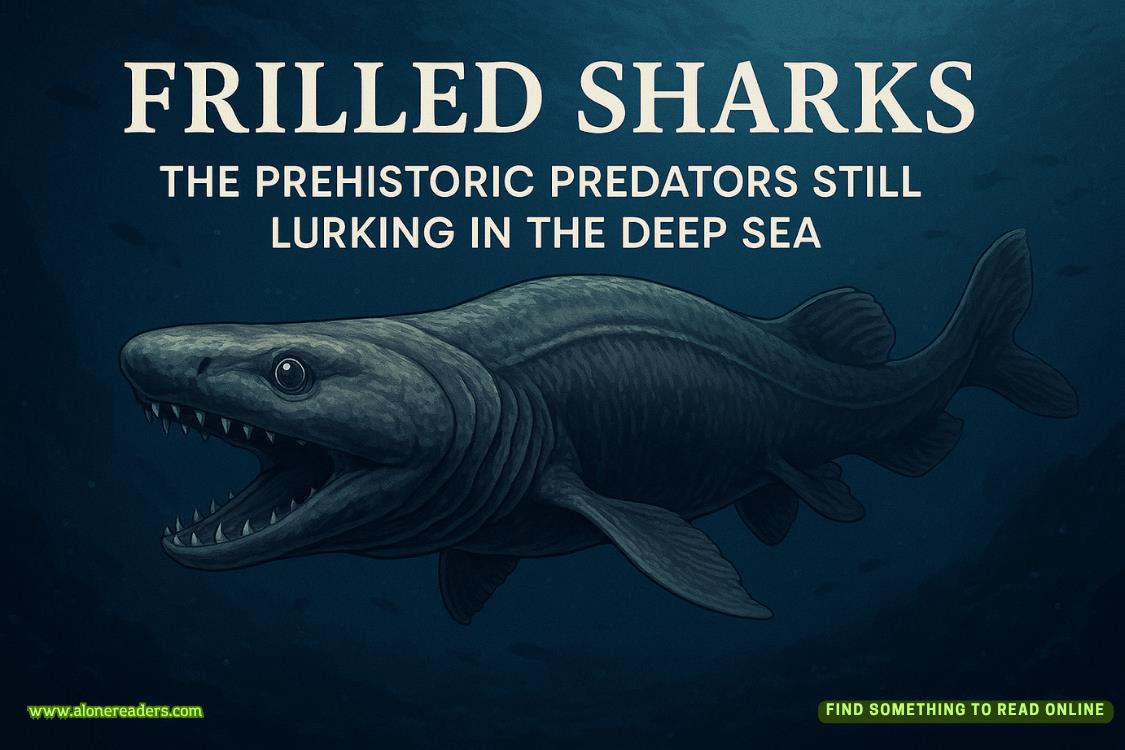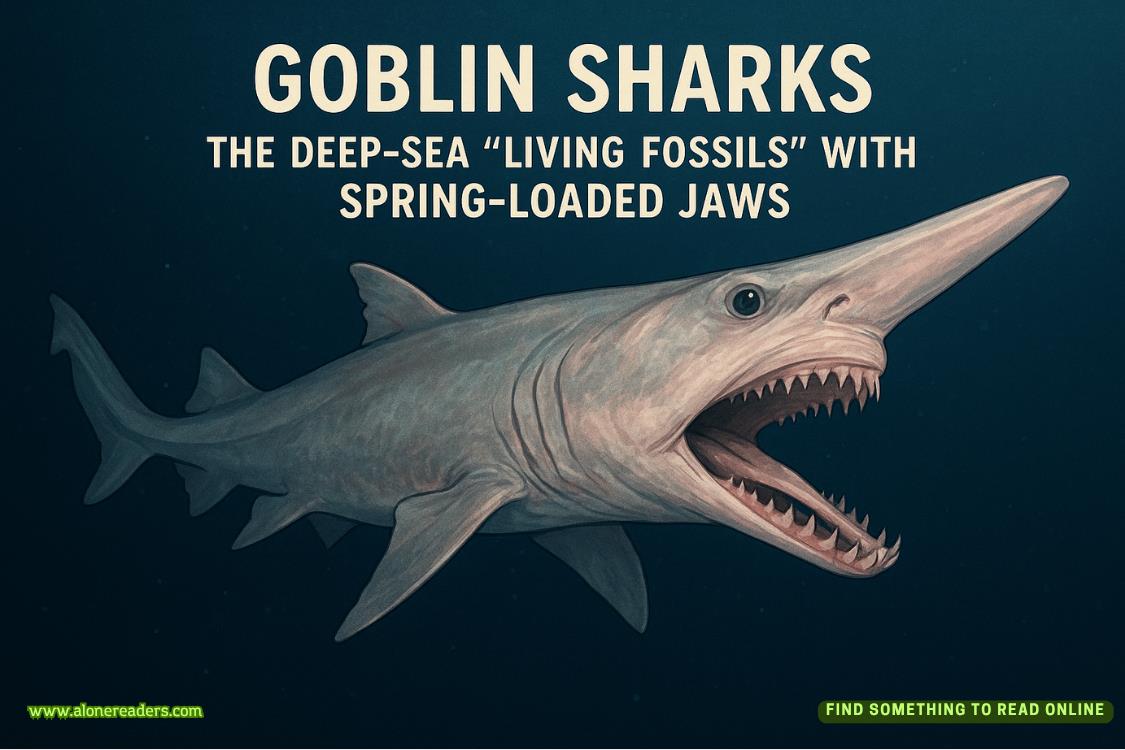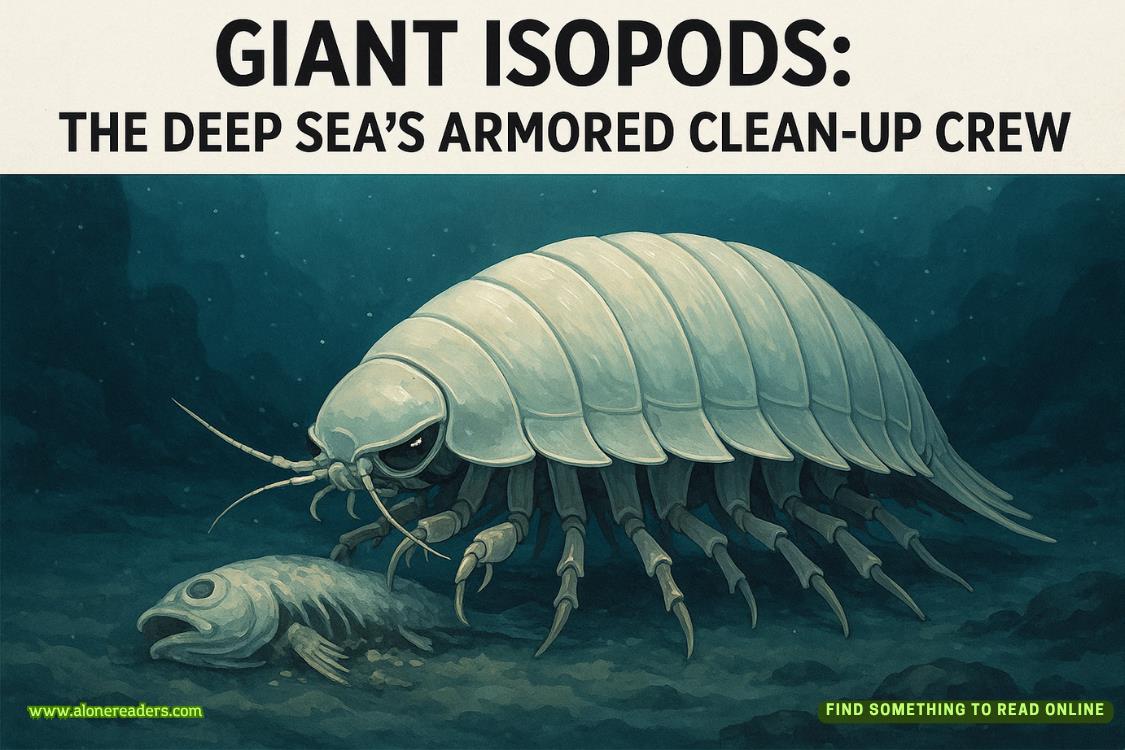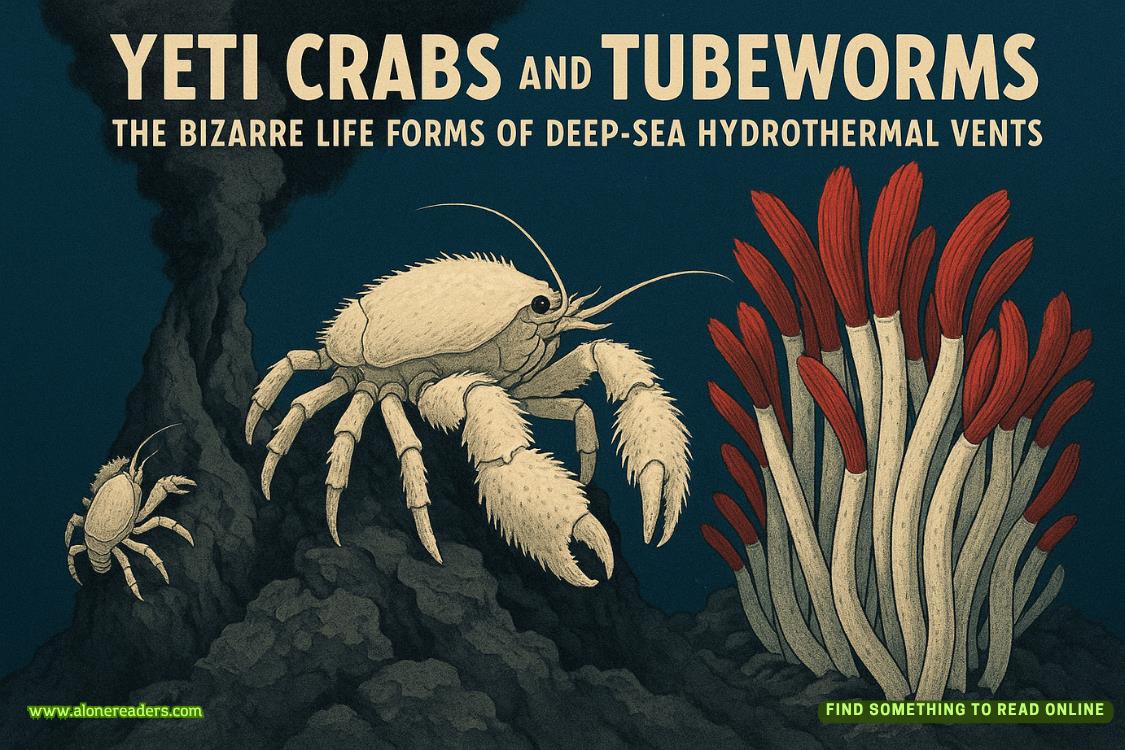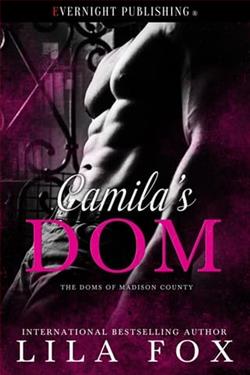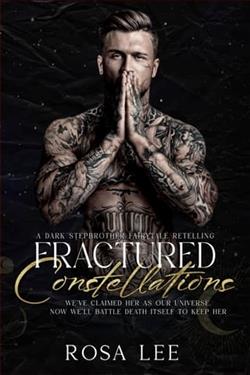Page 50 of The Picasso Heist
CHAPTER45
“SO DO YOUlike it?” I ask.
Michelle leans her head forward, staring at the gigantic canvas in front of her while rocking on the toes and heels of her pink Reeboks. The sneakers, scuffed up and old, are clearly hand-me-downs, once belonging to another little girl, if not several. The head of the foster home made a point of telling me that I shouldn’t be buying clothes for Michelle.No shopping sprees, please. It breeds jealousy and resentment among the other girls.
“Um… I don’t know,” says Michelle, still with her head tilted. “I can’t tell.”
“You can’t tell if you like the painting?”
“Yeah… I mean no, I’m not sure. Am I supposed to like it?”
I motion to the wall where Jackson Pollock’s giganticAutumn Rhythmdoesn’t so much hang as float. “Stare at it a little longer,” I say.
“Okay.”
I don’t know what the right age is for a child to take her first trip to an art museum. You see parents lugging around toddlers and preschoolers all the time, clearly thinking they’re giving their kids some amazing leg up on their education, a head start on their applications to Harvard and Yale. Inevitably, these kids, barely out of their strollers, look bored out of their gourds or, worse, angry to the point of throwing a tantrum.
My father took me to the Metropolitan Museum of Art for the first time when I was seven. That seems like the right age, if only because I can remember that day vividly, as if it happened yesterday. And I’ll never forget what he told me.
I point to Michelle’s eyes, then to her head. “Art isn’t just what you see or what you think,” I say. I point to her heart. “It’s how it makes you feel.”
“Feel?” she asks.
“Sure. Like, does it make you happy inside, or sad, or maybe something else?”
I watch as Michelle stares again at the Jackson Pollock, narrowing her eyes to a squint. She’s really trying. Finally, she says, “Confused?”
“That’s so interesting,” I say.
“It is?”
“Absolutely. In fact, I think you’re onto something. All those squiggly lines and drips of paint, the splatters and the splotches. It is confusing, isn’t it?” I take her hand, and we walk closer to it. Real close. Our noses are only a couple of feet from the canvas. “Now look at the colors. There’s really only black and white on top of a few shades of brown, but the black paint and the white paint are everywhere. It’s a mess, right?”
“Like the artist spilled a lot of it,” she says.
“That’s right. You’d think Mr. Pollock was really clumsy with his paint cans or something. Totally confusing.”
“So I’m right?”
“Yes, but that’s because you can’t be wrong. The right answer is how the painting makesyoufeel, Michelle. You and only you,” I say. “That’s what’s so beautiful about art. Everyone gets to have their own feelings about it.”
“So you agree with me? You think it’s confusing too?” she asks.
“Well, that depends on how you look at it.”
“What do you mean?”
“I’ll show you,” I say. “Follow me.” I lead her across the room, a good twenty yards from the painting. “Now tell me what you think.”
Michelle turns and immediately bobs and angles her head to get a clear view. But she can’t. There are too many people walking or standing in front of her.
“I can’t really see it,” she says.
“Give it a minute—just keep looking. Wait for it.”
“Wait for what?”
“You’ll see,” I say.




